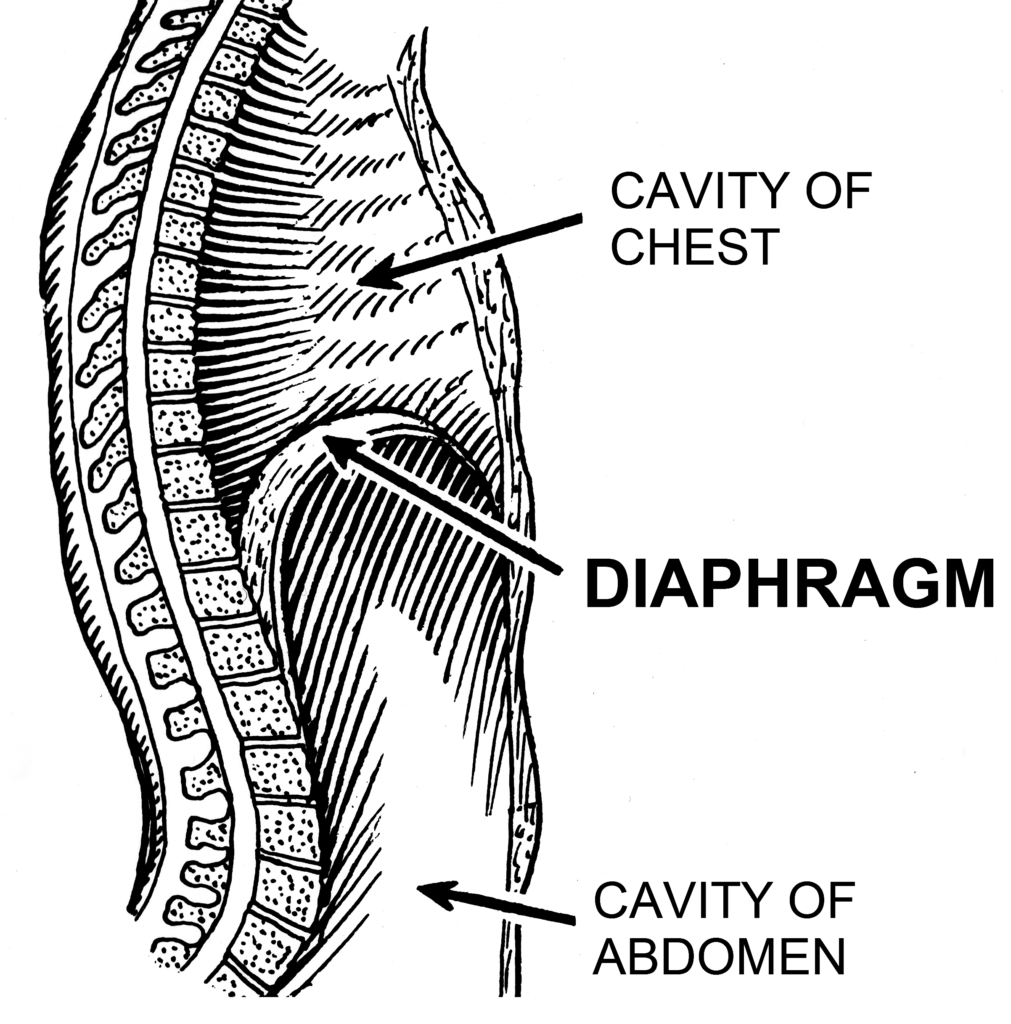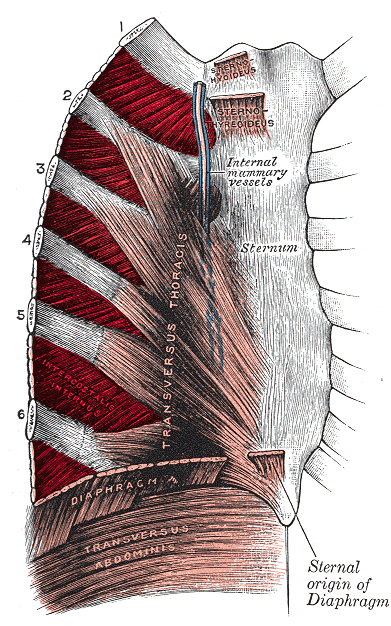Table of Contents
If you think belly breathing is useful, prepare to have your mind blown
Many use diaphragmatic breathing for relaxation effects, improving mobility, and more, but if you are coaching it by breathing into your belly, I hate to break it to you…
YOU’RE DOING IT WRONG!
You see, coaching belly breathing contradicts normal biomechanics, and is likely counterproductive on many fronts.
I’ll go through the specific beef I have with belly breathing, and provide you a better alternative.
Check out the video and post below to learn why.
Why diaphragmatic breathing is important
Aside from the seminal research that demonstrated if you don’t breathe, you’re going to die, this recent systematic review illustrated that diaphragmatic breathing may elicit the following benefits:
- Reduced breathing rate
- Lower blood pressure
- Lower salivary cortisol
- Stress reduction
Pretty cool for a TOTALLY FREE intervention, right?
The issue is that NO ONE coaches this simple activity correctly.
Here’s why.
Breathing biomechanics
The problem is that when you breathe, the belly isn’t the only thing that expands. The de facto respiratory biomechanics paper by De Troyer and Boriek clearly outlines why.
During inhalation, the diaphragm descends and expands the lower ribcage laterally, called the buckethandle action. The abdominal contents are also pushed downward, and the pelvis attains an expanded position. This action is what some are trying to advocate with belly breathing, which creates that lower expansion we desire.

Here’s the issue.
If you only expand the lower ribcage and abdomen, then the bottom portion of the lungs is where most of the fill occurs. Last I checked, the lungs are housed all the way up the ribcage. So then would it not make sense that the ribcage should also expand, allowing the remaining lung field to fill?
The biomechanics seem to suggest so, as does imaging during breathing:
In the above video, you can clearly see the ribcage expand, but what musculature is involved in that action?
As soon as the diaphragm descends, you have a concomitant action of the parasternal intercostals (those surrounding the sternum) as well as posterior intercostals pulling the ribs apart, allowing for the lungs to expand.

Unfortunately, for many reasons, some individuals have a difficult time allowing this ventral cavity (thorax, abdomen, and pelvis) expansion to occur, utilizing a compensatory breathing pattern.
Accessory breathing – A compensatory strategy
More superficial, accessory muscles can help someone move more air in and out. This strategy is typically used during stressful conditions such as intense exercise or being a cast member in a scary movie, involving larger muscle groups.
Accessory inhalation muscles:
- Pecs
- Lats
- Sternocleidomastoid
- Serratus muscles
- iliocostalis
Accessory exhalation muscles:
- Abs
You might be intrigued to see abs in the mix since I talk about them with breathing all..the…time, but these are muscles that are more so engaged when we are not quietly breathing, which is a passive endeavor.
If these muscles are active during stressful conditions, then it makes sense to choose a strategy that gets these puppies to chillax. That is why people coach belly breathing as this strategy limits accessory muscle activity.
The problem is that we are also limiting the normal expansion that should occur in the ribcage. Instead of having a relative balance of intrathoracic and intra-abdominal pressure, we get increased thoracic pressure relative to the abdomen. This mismatch theoretically will limit airflow, which fam, is…not…good.
How diaphragmatic breathing is really coached
So if belly breathing is whack, what’s the alternative?
Well, how about coaching actual diaphragmatic breathing. Ya know, where it involves multidirectional ventral cavity expansion during the inhale, and contraction/compression during the exhale.
Here’s how I coach it:
- Hand on lower stomach and chest
- Silent nasal inhale
- Full and slow exhale through the mouth
- The ab wall and chest wall should get smaller during the exhale
- During the inhale, the ab wall and chest wall should get bigger together
- DO NOT FORCE STEP 4 and 5 TO HAPPEN, FAM
I’ll often use a move like this to teach this strategy:
If you have someone who is really restricted or is creating a lot of accessory muscle activity, you can simply coach quiet nasal breathing throughout the movement.
Conversely, you could progress this strategy by working on a controlled pause. This breathing technique improves carbon dioxide tolerance (useful for high-intensity exercise and/or over breathers):
- Silent nasal inhale, but not fully
- Exhale through the nose, but not fully
- After the exhale, plug your nose and hold your breath until the first hint of air hunger
- Repeat the process
Sum up
That folks is why I wrote this diss track on diaphragmatic breathing, and provided a useful alternative that BOTH respects biomechanics and gives you the stress-relieving benefits.
To summarize:
- Breathing may improve stress levels
- Stressful breathing involves lifting the ribcage up and down with larger muscle groups
- The body should expand and compress all over during breathing, but focusing on belly breathing limits this expansion
- Coaching diaphragmatic breathing ought to focus on allowing the ribcage and abdomen to expand together without using accessory breathing muscles
What struggles have you had coaching diaphragmatic breathing? Comment below and let the fam know

